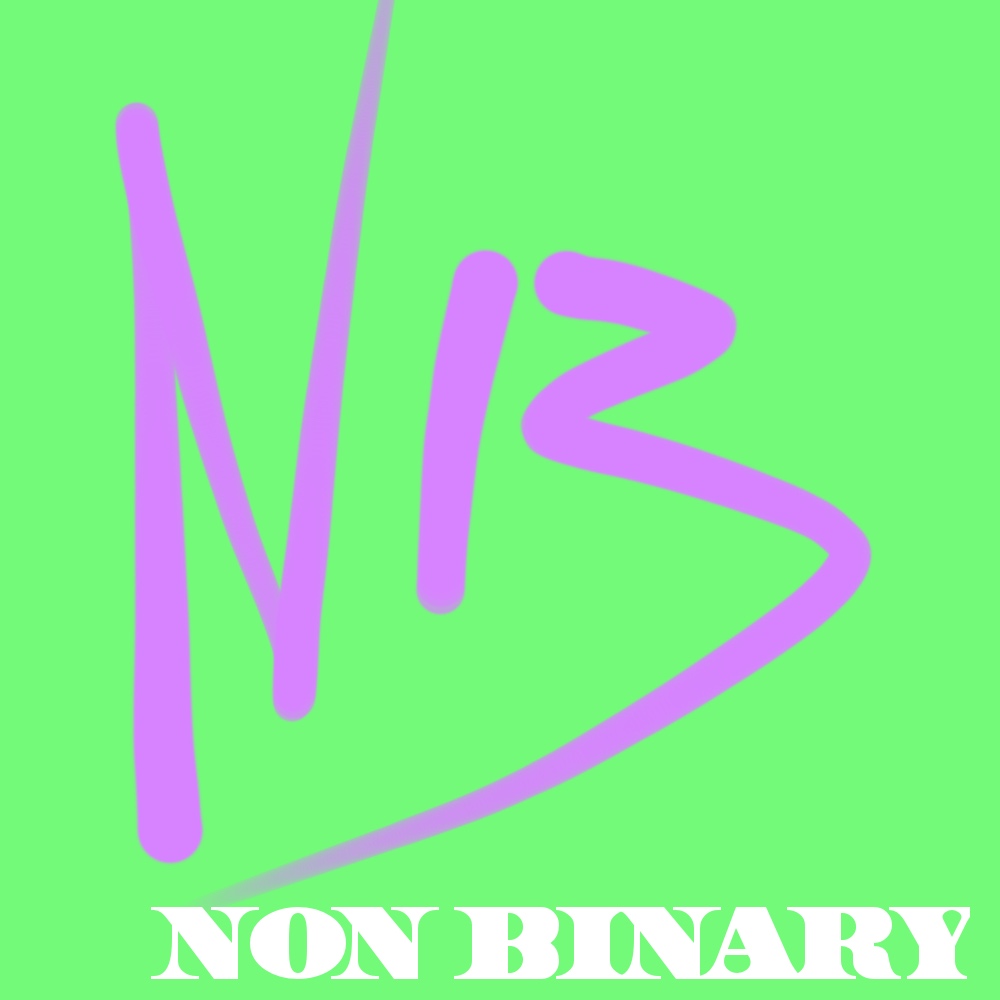There are many terms that come up when discussing gender and you may hear words that begin with “cis”.
A cis person is someone whose current gender identity matches that of their biological sex, or the gender that they were assigned at birth. As an example, a cisgender woman is a person who is biologically female and identifies as a woman. Someone who is cis or cisgender is someone who has a gender ID – rather than someone who doesn’t have a standard gender ID, like someone who is non-binary, agender or genderqueer.
What does Cisnormative mean?
Cisnormative is one such word and its meaning is simply the typical or expected behaviour from a particular gender role: at its simplest the binary of Man and Woman.
So as an example, if you’re born male, grow up and are treated as a male, it might be considered cisnormative for him to play with toy soldiers, like football or have his bedroom colour blue.
In the same way, it would be considered cisnormative for a girl to grow up liking and dressing in pink and playing with dolls.
A person living a cisnormative life is a cisgender person who dresses and acts in a way that might be described as typical for their gender and biological sex.
Many of these choices are actually impacts by parental decisions rather than a child’s actual wishes. This was proven in a recent BBC two documentary called Gender Free.
Does cis or cisgender have a flag?

Yes, in fact cisgender people do have a flag. It is a simple two horizontal stripe flag consisting of a pink strip representing femininity, women and females and blue, which represents masculinity, men and males. Some instances of the cisgender flag have a white heart shape in the middle, with the two stripes running vertically.





One thought on “What does “Cis” or “Cisgender” mean?”